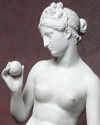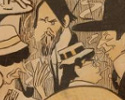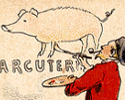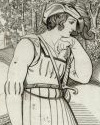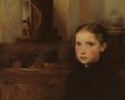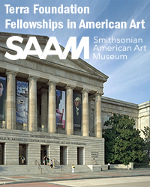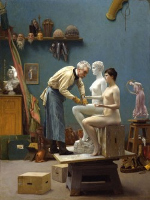X
Please wait for the PDF.
The browser will either open the file, download it, or display a dialog.
The browser will either open the file, download it, or display a dialog.

This study focuses on a collection of photographs taken between 1864 and 1879 under the direction of John Henry Parker, a British editor and dilettante archaeologist, to provide a multi-perspective panorama of Rome around the time the city became capital of Italy in 1870. Emblematic of the nineteenth-century impulse to collect, document, and catalogue information about contemporary society as well as the past, the Parker Collection has long been praised as a “valuable” illustration of the early history of Rome. Yet the value of this imagery as an illustration of Rome’s modernity—the construction, demolition, beliefs, and ideals that accompanied the city’s emergence as the Italian capital—has yet to be discovered. This interactive research platform and essay use digital technology to investigate the Parker Collection as a set of data about late nineteenth-century Italy, revealing not only the interests and ideologies that shaped Rome into a modern, capital city, but also how digital media can spark new approaches to art history.
By studying two newspaper advertisements for auctions organized in the first two decades of the nineteenth-century, and two auction catalogues printed in the 1830s, this article explores the role of auctions as a means of fostering a market for Italian sculpture in North America in the first decades of the nineteenth century. These sources cast light on the way such auctions were promoted and organized, on the roles of auction organizers, and on the works that were sent to America. Furthermore, this essay investigates the instrumental role of advertisement and catalogue writers in creating the value of the lots to be sold by developing sophisticated rhetorical strategies of description.
In January of 1908, the American Art Association of Paris (AAAP) organized a small exhibition “of a kind hitherto unknown in Paris” at their club headquarters. While the prevalence of Impressionist and Tonalist painting suggests that the exhibition was not avant-garde, it was one of the first displays of American art in Paris that showed stylistic hints of modernism and was an important stepping-stone toward modernist expression for some of its exhibitors at the start of their careers. This article explores the content of and reactions to the 1908 AAAP exhibition in light of tensions between American artists’ communities in Paris and within the larger context of American modernism in the early twentieth century.
This article presents pig postcards as a lively, compelling, abundant, but largely forgotten, feature of Belle Époque visual culture. They conjugate the commonest of farm animals, enmeshed in its long history as an indispensable food source, with a new medium that became ubiquitous and influential at a time when the pig’s role in French culture and agriculture was shifting away from venerable old customs. Scrutinizing pig postcards thus reveals a good deal not just about the surprising scope and impact of visual media during this period, but also about changes in pork production that were characteristic of the French and, more broadly, of the Western food system’s incipient modernization. Caught between a past slipping away and a future not yet fully realized, Belle Époque pig postcards engage the viewer’s imagination in both poignant remembrance and anticipatory reverie.
Until the Riepenhausen brothers, Franz and Johannes, published their cycle of fourteen etchings for Ludwig Tieck’s drama Leben und Tod der heiligen Genoveva (Life and death of Saint Genevieve) in 1806, Romantic art was considered only a literary invention. By comparing their etchings with the writings of the most influential Romantic art theorists, the article reveals how the Riepenhausen brothers translated Romantic art theory into practice.



